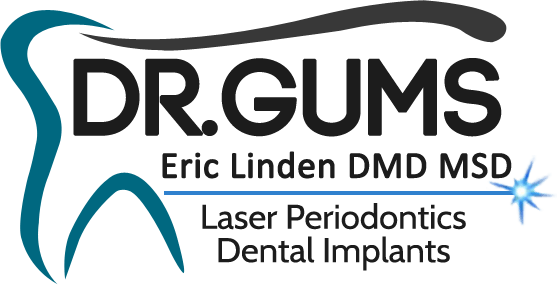CHICAGO—March 6, 2007—Photodynamic therapy (PDT) may be an effective way to treat the bacteria associated with periodontal diseases, and could provide a better option than antibiotics or other mechanical treatment methods, according to a new study published in the March issue of the Journal of Periodontology. Study Abstract *
Researchers at São Paulo State University found that using PDT was an effective method to minimize destruction of periodontal tissue which can accompany treatment for periodontal diseases. In a rat population, PDT did minimal damage to periodontal tissues, in comparison to other techniques including scaling and root planing and antibiotic therapy.
“We found that PDT is significantly less invasive than other treatments for periodontal diseases,” said study author Dr. Valdir Gouveia Garcia, from the Department of Periodontology at São Paulo State University. “It can provide improved dentin hypersensitivity, reduced inflammation of the tissues surrounding the teeth, and allows tissues to repair faster.”
PDT may be an alternative to antibiotic treatment, which is becoming increasingly important as antibiotic resistance increases. PDT involves two stages; first, a light-sensitive drug is applied to the area. Second, a light or laser is shone on that area. When the light is combined with the drug, phototoxic reactions induce the destruction of bacterial cells. PDT was first approved by the Food and Drug Administration in 1999 to treat pre-cancerous skin lesions of the face or scalp.
“This is an exciting finding,” said Preston D. Miller, DDS and AAP president. “PDT may be an effective therapy for the treatment of periodontal diseases. While patients have many options for treating their periodontal diseases, PDT could prove to be a preferable alternative to antibiotic therapy. Unfortunately, long term antibiotic therapy not only decreases the drug’s effectiveness, but also may lead to the development of drug resistant organisms. Our Academy supports future research to further define the application of PDT as a means to treat periodontal disease.”
To asses your oral health, take the AAP’s online test to assess your gum disease risk. A referral to a periodontist in your area and free brochure samples including one titled Periodontal Diseases: What You Need to Know are available by calling 800-FLOSS-EM (800-356-7736) or visiting the AAP’s Web site at www.perio.org.
About the AAP
The American Academy of Periodontology (AAP) is the professional organization for periodontists—specialists in the prevention, diagnosis, and treatment of diseases affecting the gums and supporting structures of the teeth, and in the placement of dental implants. Periodontists are also dentistry’s experts in the treatment of oral inflammation. They receive three additional years of specialized training following dental school, and periodontics is one of the nine dental specialties recognized by the American Dental Association. The AAP has 8,000 members worldwide.
For more information, contact the AAP Public Affairs Department at [email protected] or 312/573-3242.

